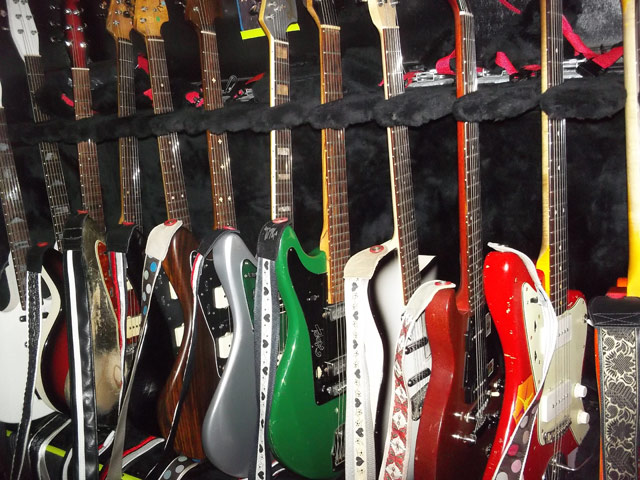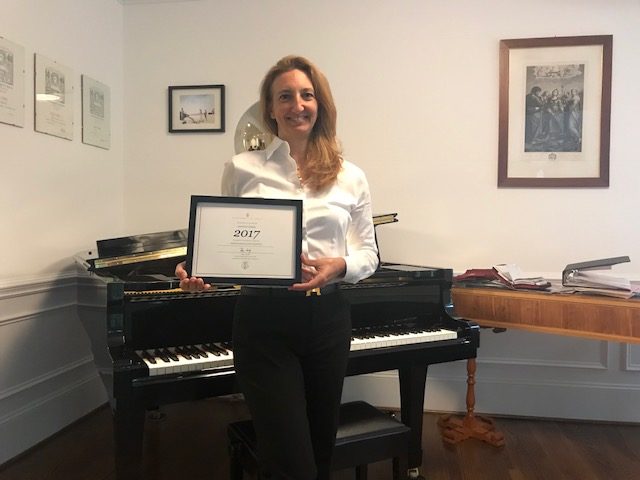This home songs production short article is created for the same factor you are reading it, which is to take my abilities to one more level and also get even better at what I do best, creating house songs. With this guide, I intend to help you find out just how to obtain your generating skills audio truly authentically. It might sound extremely straightforward in theory yet it can be a pain to make a dope house track, and constantly, in order to understand it you require to listen to it.
The favored kick drum for home music manufacturing is the Roland TR-909. The major reason would be that it has actually obtained an excellent reduced end power. The pattern for the kick is mainly a 4/4 beat, but you don’t have to leave them straight due to the fact that they will certainly sound robotic. Propellerhead Factor 4 has actually got a new attribute called the Re-Groove to stay away from that.
You can even do this by hand by shifting individual notes (in your software application midi editor) and altering the degree of certain notes. An additional means is to use a 16th note swing quantization. If you are generating your tracks digitally, you have to make sure that you provide a human feeling and heart to your track, making it seem as if it was carried out by a live band.
Residence music makes use of a lot of artificial sounds such as the Omnisphere by Spectrasonics, Jupiter-8V by Arturia, Massive by Indigenous Instruments, Sylenth1, and a lot more. The Arturia MiniMoog is my favored VST instrument for bass sounds.

The Hi-Hats patterns are mostly on the eighth note and also open hats on the unique pattern. For percussion, many manufacturers utilize loops, however, you are more than welcome to set your very own. Playing the riffs and chords with a midi controller is better than configuring them using a computer mouse. You can increase your chords with another tool to have an adequate body if required.
If you have a vocal feel free to play around with it, chop it and even create great impacts from it. Try not to make the track repeated, your song requires to have characteristics (loud and soft parts). Constantly bear in mind that home music is everything about making individuals dance. You can additionally make use of automation to keep the tune relocating and automate the VST tool handles (specifically the filter) to develop a sweeping sound.
This can additionally function well with results such as delay and also reverb to make the chorus part audio bigger than the knowledgeable. The entrapment and claps have to be punchy with a brief reverb (preferably space reverb) and mostly on an offbeat pattern.
When it comes to mixing and mastering your house music tracks, it’s important to pay attention to the levels and frequencies of each element in your mix. One of the most important aspects of a good mix is making sure that the kick drum and bass are balanced and working together to create a solid foundation for your track. It’s also important to make sure that the vocals if you have them, are clear and present in the mix without overpowering the rest of the elements. Using EQ and compression can help you achieve a balanced mix.
In addition to the technical aspects of mixing and mastering, it’s also important to consider the overall vibe and feel of your track. House music is all about creating a groove and getting people to dance, so you want to make sure that your mix is energetic and has a good flow. Try to create a sense of progression throughout the track, with different elements coming in and out at different points to keep the listener engaged. Don’t be afraid to experiment and try new things – the beauty of house music is that there are no hard and fast rules, so you can let your creativity run wild. Find out more tips on producing music from this post by Cascade Harmony Chorus.





